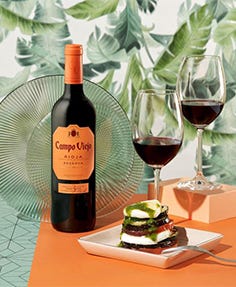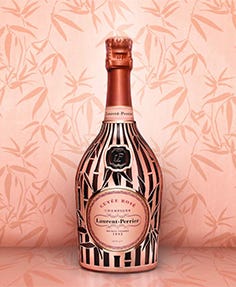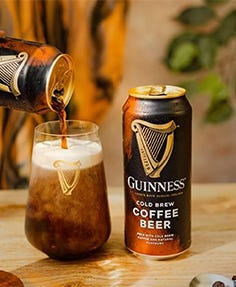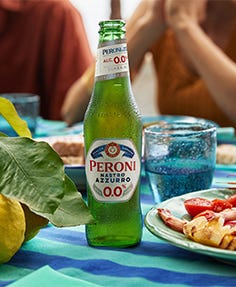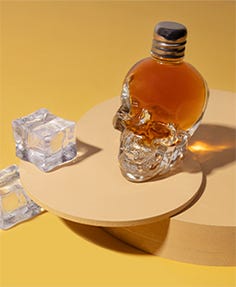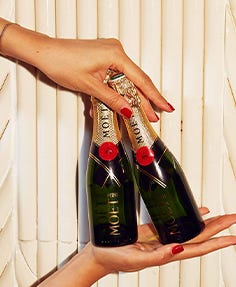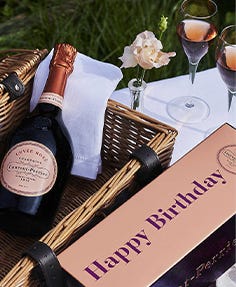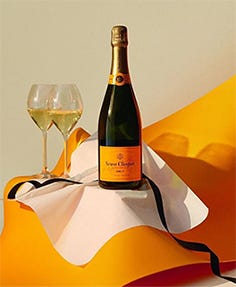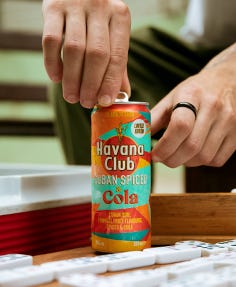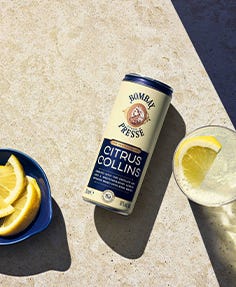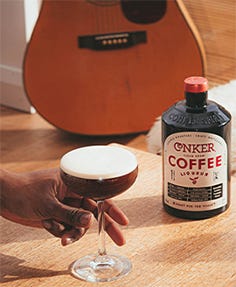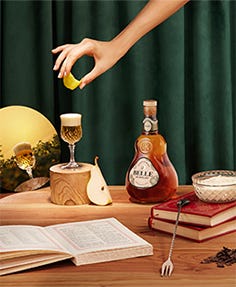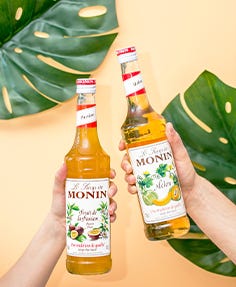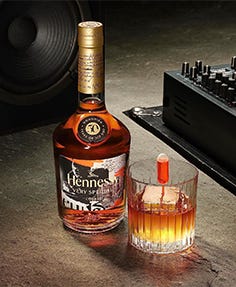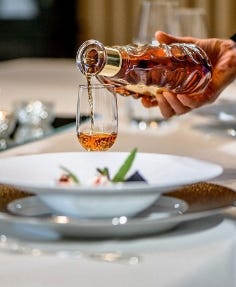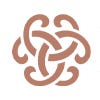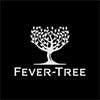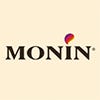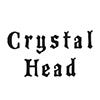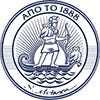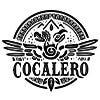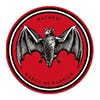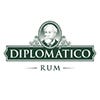Chateau Haut-Bailly
Careful research in the archives of Château Haut-Bailly reveals the ancient origins of this estate. Already, in 1461, vines were cultivated on this land which at the time was known as « Pujau » (« small height » in Gascon) to emphasize the topography of its exceptional terroir. The foundations of the modern vineyard, however, came from the 1530s, under the leadership of the Goyanèche family and then the Daitze family. These wealthy Basque merchants began buying up prime plots of land. A ‘bourdieu’ (the old name for a wine château in Bordeaux) was soon created.
Following his death, Gaillard Daitze’s heirs took over and continued to manage the estate until it was sold in 1630 to Firmin Le Bailly and Nicolas de Leuvarde. Both men were bankers in Paris as well as great admirers of Graves wines. Recognising the potential of the land, they invested significant funds and built a manor house. Firmin even gave his name to the property.
After his death in 1655, the estate was handed down from heir to heir for almost a century. In 1736, the running of the estate was assigned to Thomas Barton, of Irish origin, head of a major trading company specialising in fine wines. Benefiting from a huge amount of business relations in England and Ireland the wines of Château Haut-Bailly started to be greatly appreciated by the "New French claret" fans.
In the 18th century, Château Haut-Bailly was acquired and devotedly managed by two well-known local politicians: Christophe de Lafaurie, Baron de Monbadon and a member of the Bordeaux Parliament, and his son, Laurent, who was elected Mayor of Bordeaux in 1805. Soon after, he became a senator with responsibilities lying outside of Bordeaux and was therefore forced to sell Haut-Bailly in 1813.
In 1872, Alcide Bellot des Minières, following the Archbishop of Bordeaux’s advice, bought the property and built the château as it is known today. Alcide was a man of prodigious energy, who was fascinated by science and driven by new viticultural techniques. After making a fortune in the U.S.A. by opening up new transatlantic maritime routes, Alcide, an outstanding entrepreneur threw his heart and soul into wine. Thanks to his energy and enthusiasm along with rigorous application of precise scientific detail, Haut-Bailly reached the same price-levels as the first-growths: Lafite, Latour, Margaux and Haut-Brion, and continued to command such prices until the 1940s... His many scientific contributions made him a legend and earned him the nickname "King of Vintners.”
On 30th July 1998 Château Haut-Bailly was purchased by American Robert G. Wilmers, chairman and CEO of the M & T Bank based in Buffalo, New York. As a lover of Bordeaux Grands Crus, his dream came true when he became the owner at Haut-Bailly. He spent much of his childhood and professional life in Belgium. Along with his French wife, Elisabeth, he continues his close ties with Europe, where some of their family live.
Robert G. Wilmers brought enrichment and opportunities to the property. In the hands of a passionate owner, Haut-Bailly’s future is full of assurance and promises. He is involved in all major decision making and keeps an eye on the strategic developments at Haut-Bailly.
Hugely conscious of Haut-Bailly’s history yet eager to ensure continuity and modernity, he entrusted in 1998 Haut-Bailly’s management to Véronique Sanders, granddaughter of Jean Sanders. The focus has since been to develop the property with the sole aim of proving that Château Haut-Bailly deserves its status of "Crû exceptionnel”.
Thanks to his significant investment the vineyard, farm buildings, winery and finally the château were all renovated and with these investments as a result every vintage is demonstrating the prestige of this unique wine, year after year.




